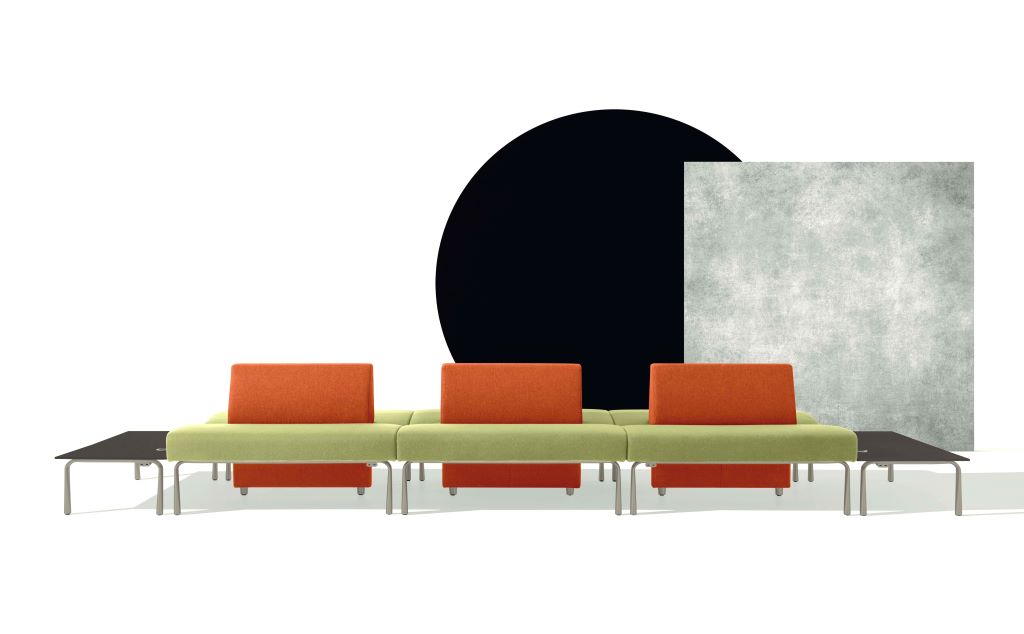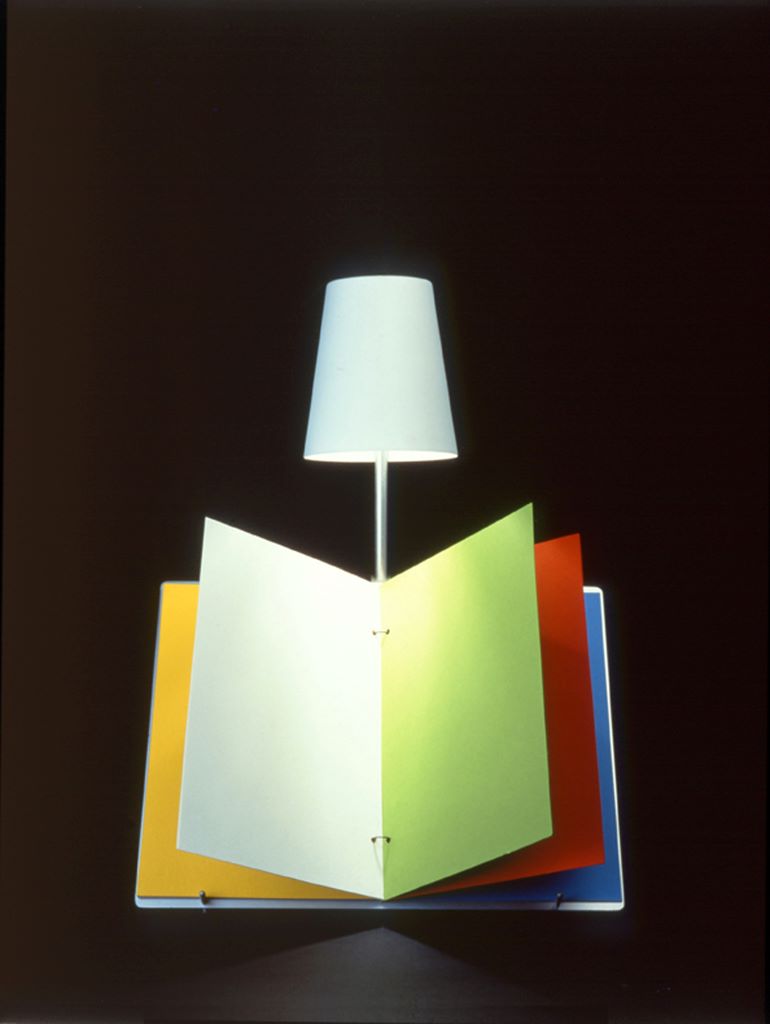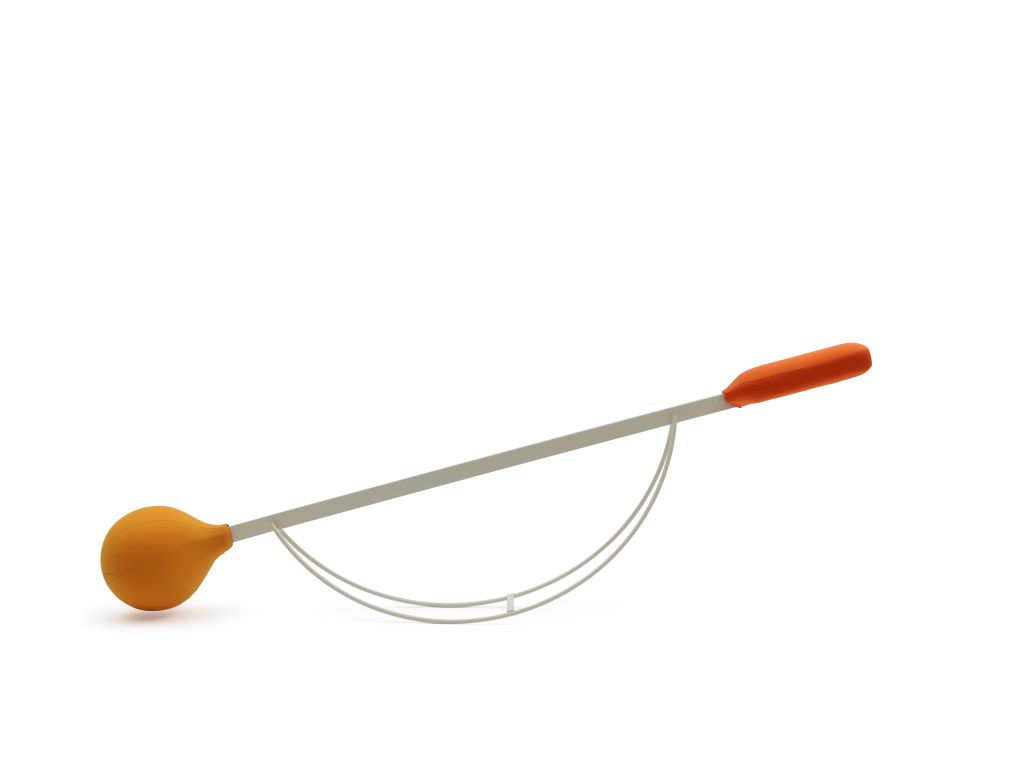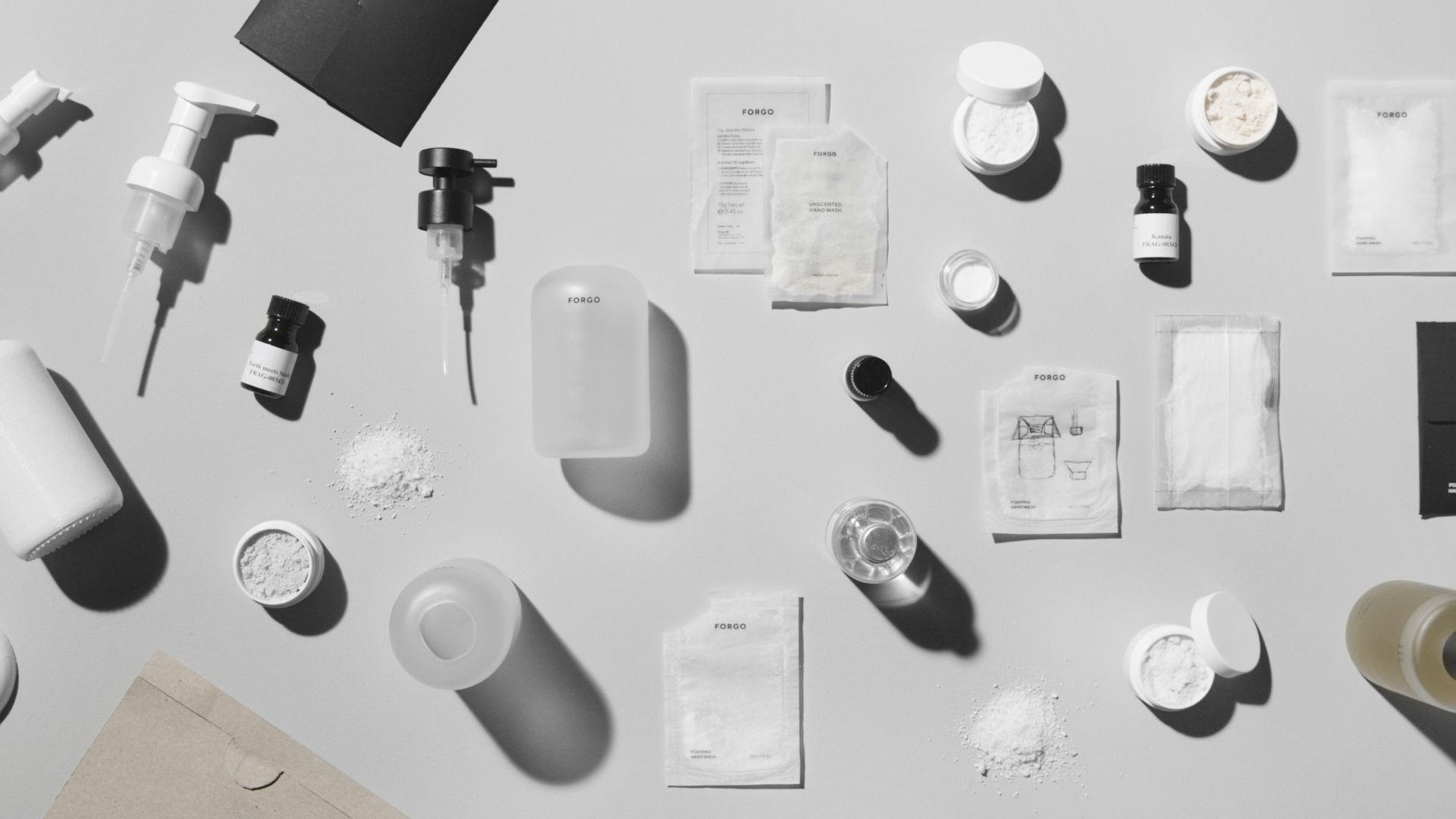A new sensorial dialogue between men and things with Giovanni Levanti
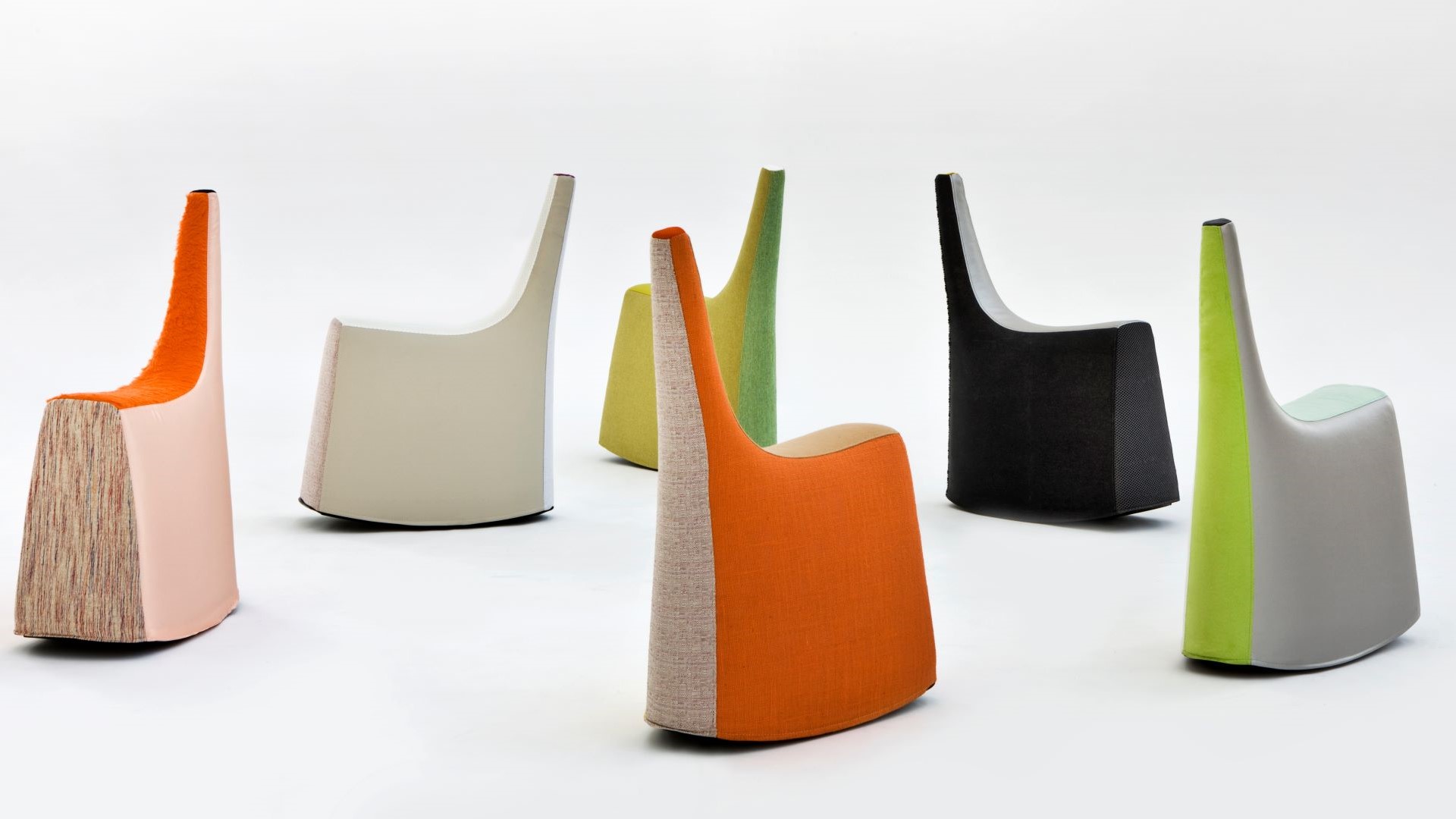
“An individualist method and an individual work” is how Alessandro Mendini defined Giovanni Levanti’s practice. With a method based on the constant feedback between intuition and discipline, he has been exploring possibilities and new typologies to renew domestic comfort for over 30 years.
Born in Palermo, where he graduated in Architecture, Giovanni Levanti moved to Milan in the 1980s; that moment could probably be compared to the Parisian cultural scenario of 60 years earlier, when a constellation of artists – including Pablo Picasso, Marc Chagall, Amedeo Modigliani, Moïse Kisling – went to the French capital, shaping an entire movement, later defined as ‘École de Paris’.
Going back to Milan, it was there that Levanti met the masters Andrea Branzi and Ettore Sottsass, becoming himself an active part of Radical Design and founding his own studio in 1991. Within his practice, he has been exploring different possibilities and new typologies to renew domestic comfort while adopting a method based on the constant feedback between intuition and discipline.
Immediately recognised and appreciated, his work was exhibited in “12 New Memphis” and renowned design brands such as Cassina, Edra e Campeggi began including his projects in their own catalogues. DesignWanted took the chance to interview Giovanni Levanti, finding out more about his journey, milestones, method and future projects.

Who is Giovanni Levanti? How did your journey in architecture and design begin?
Giovanni Levanti: “Giovanni Levanti is a Sicilian architect who has lived and worked in Milan for many years and who since the early 1980s – still a student – thought that a certain type of design, at that precise historical moment, was much more stimulating and fascinating compared to a work of art or architecture.
Hence the desire to deal mainly with design even with his degree, a situation that is not new in Italy where there is indeed a great historical tradition of architects/designers.”
Always interested in the artistic avant-garde movements and radical design, why focus on renewing domestic comfort?
Giovanni Levanti: “I’ve always loved art and I’ve always drawn. The Artistic Avant-gardes and the Radical Design, subsequently, were decisive for my professional development. Many great artists – among the Italians Alberto Burri, Lucio Fontana, or Pino Pascali, to name a few – have opened up fascinating worlds to me and pushed me towards unexplored territories…
Not only visual artists, but I also think of music and, in particular, of jazz: Miles Davis, Thelonious Monk, Ornette Coleman, in all of them I sensed something: awareness, method, research, openness, continuous desire to enter other worlds, new possibilities.
If I think of the design project, I always think of future living and a happy relationship between men and things. Sometimes my objects seem surprising or mysterious, but the intention is not to create a surprise as an end in itself, but to establish a stronger relationship between men and things, to create a “mode of curiosity”, a situation that can awaken in those who use them the desire to understand, look, try, touch and maybe smile in a new sensorial dialogue.”
Addicted to product design? Here is a weekly solution for you… It’s The Dose, the only notification a product and industrial designer should look forward to receiving!

Giovanni Levanti: “I believe that the fast pace of our society, the excess of product categories and an obsessive use of technology have changed that relationship: we drink water without the pleasure of understanding “how we drink water”. I mean… Perceiving weight, shape, size, color; in short, the relationship of a certain glass, not only through the fingers of the hand but I would say through our life.
In this sense, home comfort is one of the themes that fascinated me the most because comfort is one of the main characteristics that we have always associated with the concept of home.”

Your projects are part of significant collections, including the Design Collection at the National Museum of Modern Arts of the Pompidou Centre in Paris. But, overlooking your career, when did your work start getting recognition, and how?
Giovanni Levanti: “After graduating, the move to Milan in the 1980s was decisive. The Alchimia and Memphis Milano groups were transforming the way we think about design. In that very vital context, the good fortune to meet some masters: Andrea Branzi – who wanted me in his studio while the wonderful “Pets” collection was born – or Alessandro Mendini who later chose my works for important exhibitions.
I also got to know that Ettore Sottsass was looking for young designers for a new exhibition: I tried, I sent sketches. Those designs of furniture and lamps were very popular and in short, I found myself very young to exhibit my first prototypes in the exhibition “Dodici Nuovi / Twelve New – Memphis Milano” and then immediately after, to collaborate with important and historic “Made in Italy” brands such as Cassina or Campeggi – with whom I then experimented for a long time over the years – Edra and Foscarini for example.
From the masters, I understood that the task of a designer is not only to give answers, to find solutions but above all – very important – to open problems, to ask questions.”
In your method, based on the constant feedback between intuition and discipline, which is the role of research?
Giovanni Levanti: “Research for me is “contextualization”, verification in time and space of a certain idea or a simple intuition; the first step necessary to highlight the potential of something in relation to historical examples, archetypes, experiments, and other references: an indispensable moment for comparison and stimulation. But research is also adventure, an intense journey where discoveries and failures alternate.“

Does form follow function or does function follow form? Although the answer may seem obvious, can you give us your opinion?
Giovanni Levanti: “Today there is a plurality of approaches and modalities to design: “less is more” coexists with the opposite “less is a bore” or the affirmation: “form follows function” is opposed to “form follows fiction”… What to say then?
Personally, I really love the expression “the form follows the content”, where, by content, I mean something that goes beyond the simple reality of use: form is the supreme result, the final expression of a balance between art and technique of course, but also of historical, symbolic, cultural values… Something very complex.”

Out of many studies and concepts you produce, how do you select the ones to “bring to life”?
Giovanni Levanti: “I always start from an intuition that comes from the gaze of something, I really like to capture ideas through the gaze, it is a method that I have always used: then I write them down, I stop them. Some ideas push impatient and must be verified immediately, while others remain stationary even for years waiting for something, for a contingency that makes them become protagonists.
All must be stopped through short descriptions or sketches. Together with a continuous more autonomous plastic / figurative research they represent my reference “arsenal”, a deep and vital place that nourishes me and helps me with respect to a certain awareness of doing.”

Especially in terms of ergonomics, how do your prototypes evolve during your design process? How different is your first prototype from your first sketch?
Giovanni Levanti: “A lot; an idea must be verified, contextualized, understood, defined, expanded, loved and in some cases denied. I don’t know… I proceed by attempts, tests, combinations: doubt is always present, “must be” always present because it represents a guarantee of the final quality.
Ergonomics, on the other hand, remains a modernist utopia with – I believe – limits: imagine a world made up of standardized individuals, all the same; the reality is not like that, we understood that men, fortunately, are all different both physically and anthropologically, so…”

Many believe failure is a requisite for innovation and success, do you agree? Could you share with us some failures you went through in your career and what did you learn from them?
Giovanni Levanti: “Failures are part of the game and the profession. They are used to learn firsthand things you might have heard of.
Some examples? That criticism and the market often do not agree, that there are not many enlightened industrialists, that design and marketing are often an oxymoron. I think that designing is not easy, but it is also something very pleasant: designing relaxes me like a caress.“

What can we expect from Giovanni Levanti in the near future?
Giovanni Levanti: “I designed a seating system for collective and waiting areas for the Italian company Et.al: a very complex system which took a long time to build and set up.
At the moment I have in mind some personal exhibition projects to propose to galleries: I have worked little with galleries and I think it is the right time to do it. The pandemic situation then makes us reflect and pushes towards new visions of living.”
Curious to discover more iconic products? Don’t miss Marc Krusin’s designs, featuring humility, discretion and visual silence.
